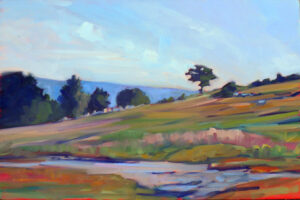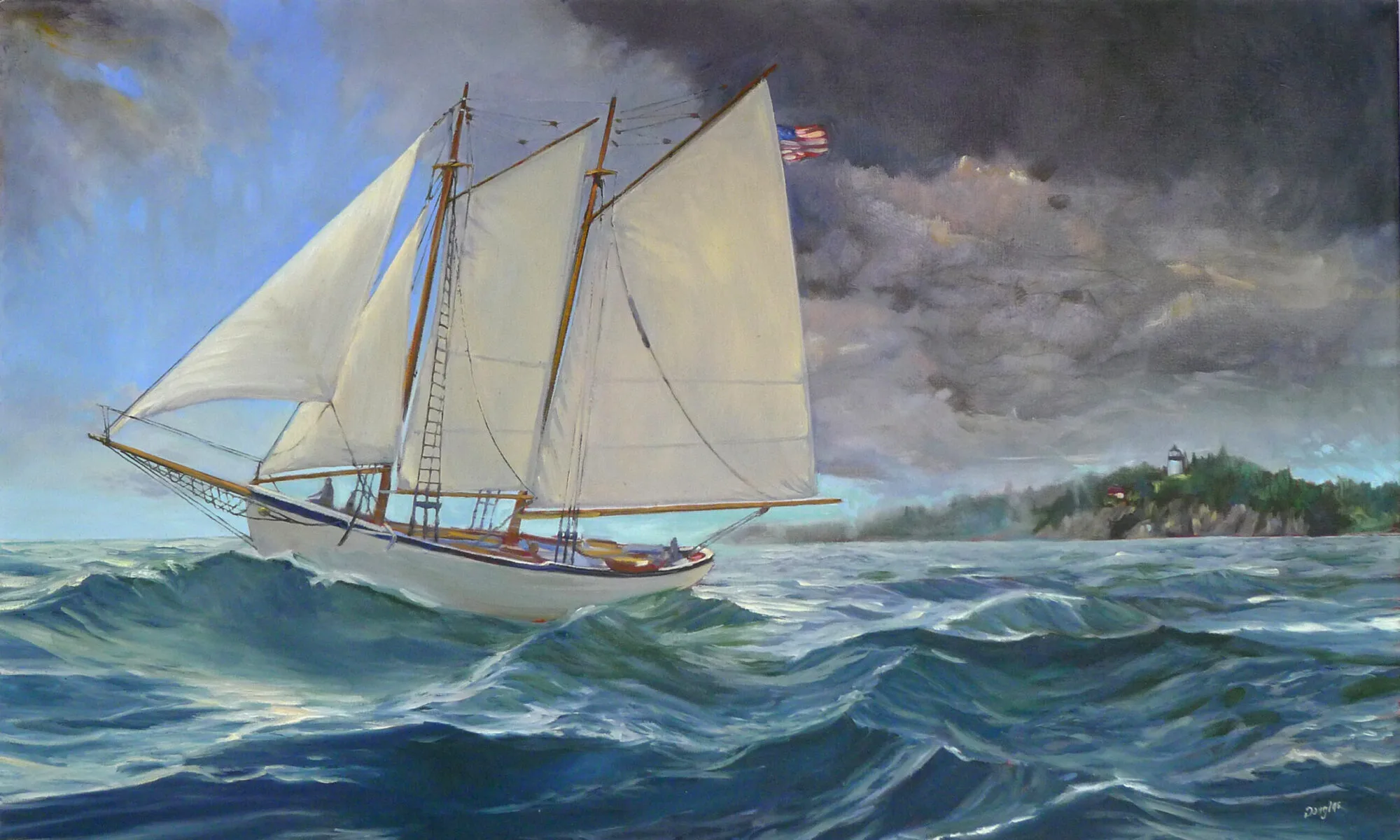On April 24, I begin a new online critique class. When I first introduced this class back in 2021, I was very curious about how it would evolve. The idea wasn’t just to make specific paintings better. It was to help students develop a sort of executive function that would oversee their painting processes outside of class. This, as you can imagine, was much harder than “hold your brush like this” painting classes.
It was a success, and the proof is in the pudding. That coterie of initial students, for the most part, no longer need me to tell them how to analyze their work. That means that for the first time in a long time I have openings in a Zoom class. I call that success!

A good pairing with plein air
This class lines up with the beginning of plein air season in the north, which is convenient. It’s both a spur to students to go out and paint, as well as an opportunity for students to analyze and strengthen work they’ve done on their own.
Critique is a long-standing tool in every intellectual discipline, artistic and technical. However, it’s more straightforward to tell your co-worker, “I can’t duplicate your results,” than it is to put into words why a painting isn’t working.
What critique is not is an emotional response. It must be disciplined and systematic, but art is at the same time intuitive and subjective. We bridge that gap by analyzing works based on a series of objective design elements:
- Focal point
- Line
- Value
- Color
- Balance
- Shape and form
- Rhythm and movement
- Texture (brushwork)
These transcend style or period. Every painting includes them to some degree. The critic must consider how they work together. Do they coalesce into something arresting or not? If not, what forces are blocking the full expression of the artist’s idea?

The secret is in being nice
I’ve now taught several of these critique classes and the surprising thing is how warm and supportive they’ve been. We’re all intelligent adults; we understand that when our ideas aren’t working, it’s because we’ve run into a problem that another set of eyes can help us unravel.
The very first question we ask is, what was the goal of this painting? That’s not always simple, so it deserves time. Every subsequent point of discussion should be weighted in regards to that answer. For example, if what interested the painter was the loneliness of a home on a rocky crag, the composition, color, and brushwork must all support that aloofness.
Criticism is never mere fault-finding. There is a seed of brilliance in almost every painting, and it needs to be enlarged upon. That means discussing the merits of a painting as much as discussing its faults.
For critique to work well, the critic and artist must both approach the process with humility and mutual respect. I once took a painting I couldn’t finish to a noted teacher for criticism. She told me that it looked like a ‘bad Chagall.’ In trying to execute her ideas on the canvas, I destroyed my own vision. My self-doubt met her self-confidence in a terrible concatenation.
This class meets from 6-9 on:
- April 24
- May 1
- May 8,
- May 15,
- May 22
- June 5
For more information, see here.
My 2024 workshops:
- Painting in Paradise: Rockport, ME, July 8-12, 2024.
- Sea & Sky at Schoodic, August 4-9, 2024.
- Find your authentic voice in plein air: Berkshires, August 12-16, 2024.
- Art and Adventure at Sea: Paint Aboard Schooner American Eagle, September 15-19, 2024.
- Immersive In-Person Workshop: Rockport, ME, October 7-11, 2024.



